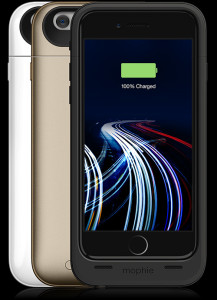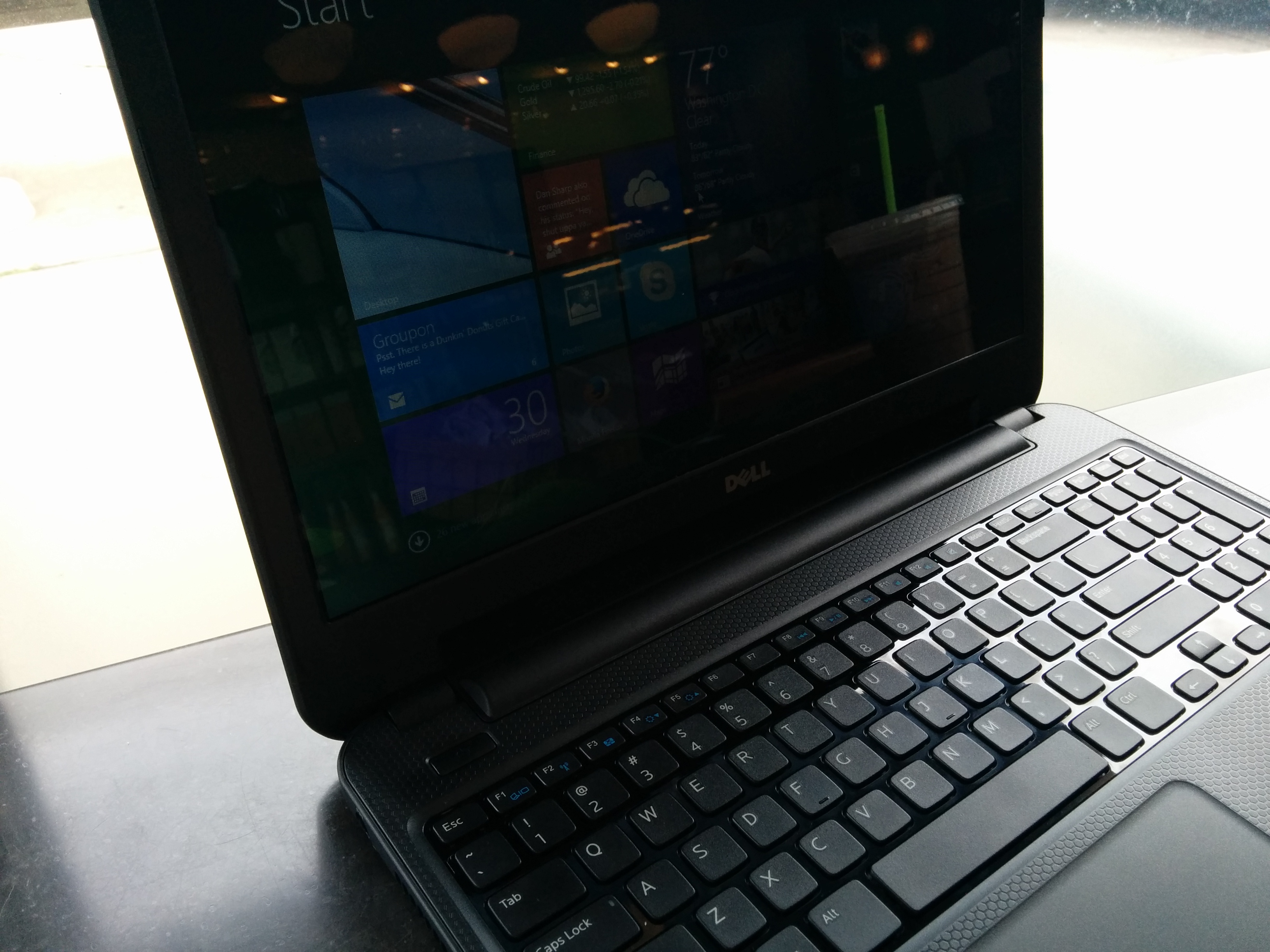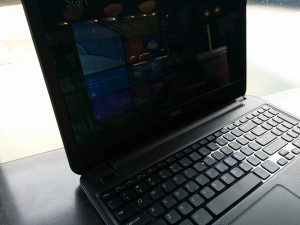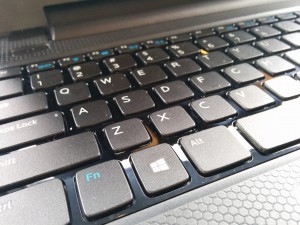For a very long time, I have had a fondness for simulation games. Roller Coaster Tycoon was of course in heavy rotation in my computer in elementary/middle school. I’ve spent hundreds of hours building in SimCity 4 and it’s spiritual successor Cities Skylines. Let’s not mention the 2013 SimCity reboot. I used to scour the web looking for long-lost simulation games for all kinds of weird stuff. I actually enjoyed the buggy SimIsle I bought from the school book order in fifth grade. From city-building to truck driving, I’ll play almost any sim game.
The value software section of Walmart was always a treasure trove of these sim games that didn’t quite make it but had enough of a following to keep around. I never had the best computer growing up, so these games were just about guaranteed to play on whatever I had at the time. One near-obsessive hit with my middle-school tastes was Hard Truck 2, where you traveled around a fictional area delivering shipments in trucks you were always looking to upgrade. It was heaps of fun and eventually got me into the truck sims currently made by SCS. But notice I said near-obsession, there.
My current sim obsession began in probably late middle/early high school and continues to this day. Another find in the Walmart software section introduced me to Capitalism 2. At the time I had never even heard of the first Capitalism game. Introduced in 2001 with graphics already dated for that time, it was a hardcore business simulation game. There were all kinds of options. You could simply build real estate and reap the slow but constant profits. You could be a captain of industry and manufacture goods. You could build a retail chain to sell other products built by other companies in the city you were in. The sheer number of ways you could play the game was intoxicating. I played for hours and hours. The dings and dongs of certain events are still seared into my brain.
As the years went by, I continued to play. But what was initially a huge challenge was now more repetitive. It got almost boring. Almost…
About a couple of years ago I found a digital copy of Cap2 from the wonderful GOG.com to replace the ancient and heavily scratched CD I bought years before. I started playing again and started looking at forums of other folks who played the game. That’s when I found Capitalism Lab. Apparently the original publisher was still developing a new, expanded version of Capitalism 2, with more features and the ability to add mods. I immediately paid for it and my obsession returned in full-force.
The already complex financial and economic environments in the game have been made even better and the addition of mods allow new business like oil refineries, alcoholic beverages, and a whole lot more. Usually, a top-down 2D game like this has a hard time keeping the attention of modern gamers. Somehow, though, this game keeps pulling me back into the fold. How can I win next time? I’ve played retail for a long time now, what would happen if I spun off that division and moved into manufacturing? Stock issuances, dividends, mergers and acquisitions, it’s all there. I’m not really a business guy at all. But this is no risk. A good simulation of a very complicated and risky real-life landscape with no risk except being booted by your shareholders and starting a new game makes it fun. I’m sure I’ve learned something useful at some point in my hours of playing this game. I’ve read that they have even used this game in business schools.
An MBA candidate I’m not, but you really don’t have to be to get a kick out of this game.



